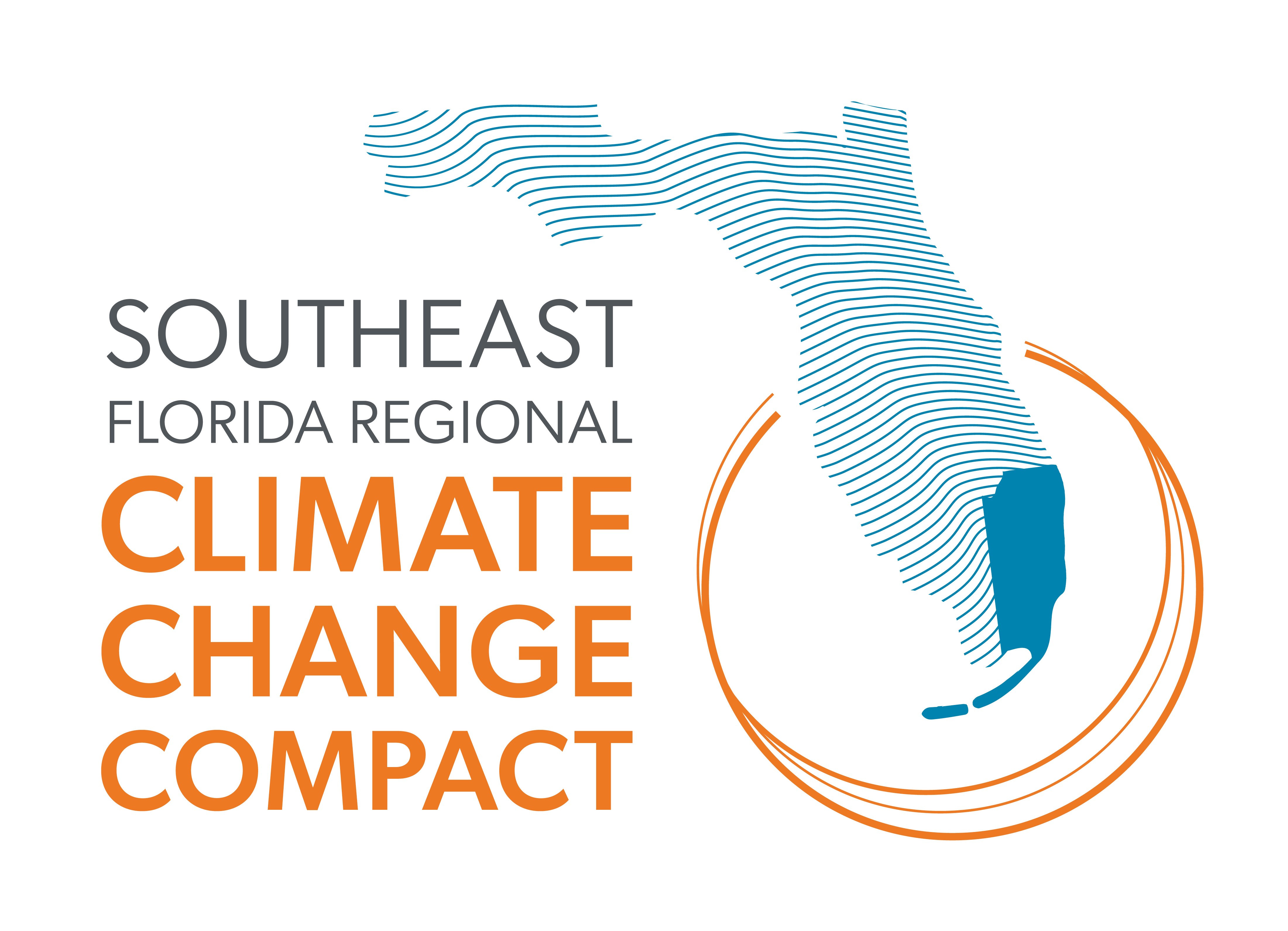Ensure consistency in water resource scenarios used for policy and planning consideration of future climate conditions
STRATEGIES
WS-6.1 Ensure all water resource policy, planning and management decisions in the Lower East Coast Water Supply Planning Area are consistently aligned with:
- The latest Southeast Florida Regionally Unified Sea Level Rise Projections
- Regional climate scenarios for planning (e.g., long-term patterns of rainfall and evapotranspiration, storm surge, design storm events)
- Hydrologic models used in adaptation planning from local to regional scales
IMPLEMENTERS: local governments, SFWMD
STATE/FEDERAL PARTNERS: USGS
WS-6.2 Ensure all water resource policies consider regional water management issues, including flooding and water availability. For flooding, vulnerability assessments should reflect observed and predicted climate variability, including the frequency, duration and intensity of flooding from sea level rise, extreme tidal excursions, storm surge and extreme rainfall events. For water availability, examine the effects of climate change and sea level rise on water availability, and groundwater vulnerability to saltwater intrusion based on potential changes in precipitation and evapotranspiration patterns and associated extreme drought and flood events.
IMPLEMENTERS: local governments, water utilities, SFWMD
STATE/FEDERAL PARTNERS: USGS
WS-6.3 Partner with the South Florida Water Management District to integrate future climate conditions, sea level rise scenarios, and potential impacts to water quality and supply into the regional water management models used to support the Lower East Coast Water Supply Plan, and consumptive use permitting.
IMPLEMENTERS: counties, water utilities, SFWMD
WS-6.4 Identify and advocate for rule changes that integrate future climate conditions and stormwater harvesting initiatives in permitting criteria at all levels, including average wet season groundwater elevations; Regionally Unified Sea Level Rise Projections; and intensity, duration and frequency curves.
IMPLEMENTERS: local governments
